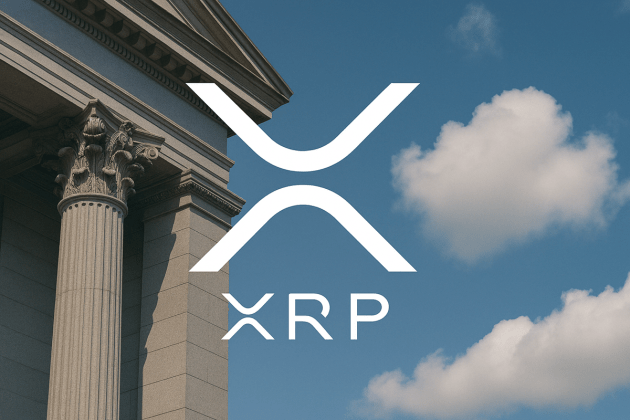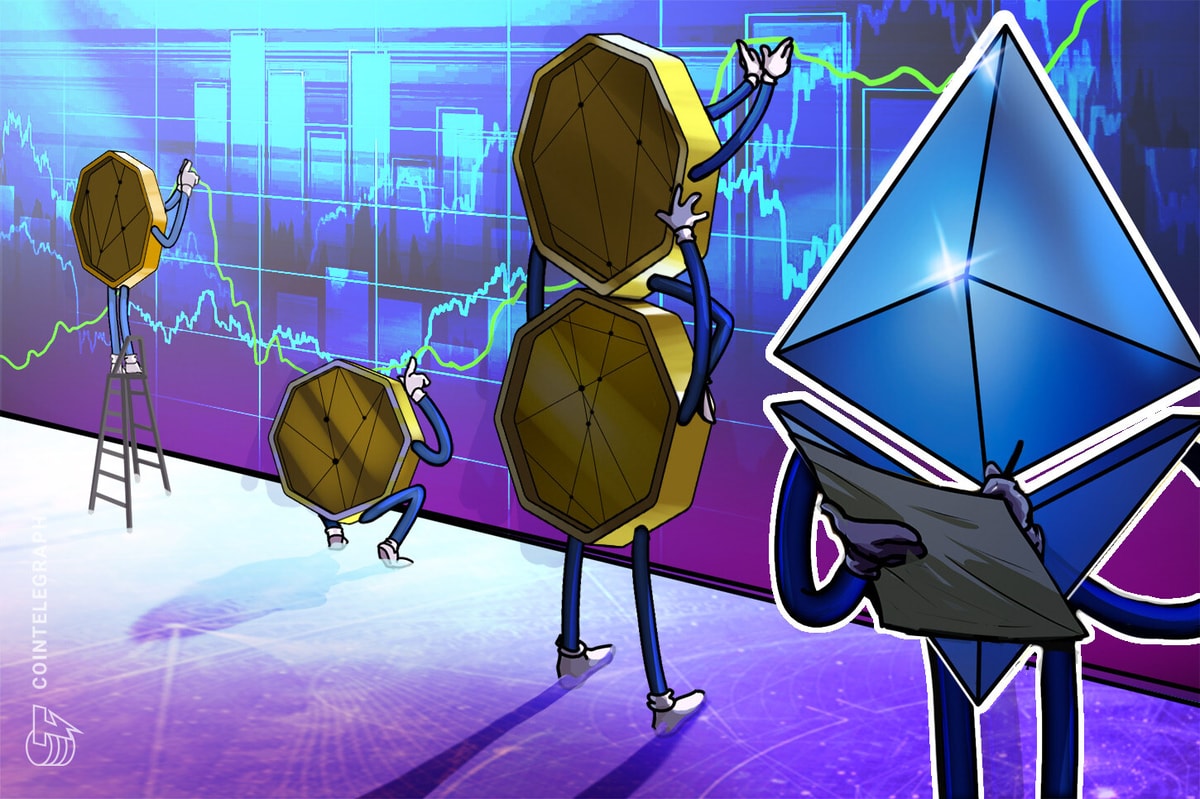It's a turbulent time to be involved in crypto. Digital assets across the board have been hit hard — with Bitcoin and Ether falling by more than 65% from recent all-time highs.
While it's tempting to conclude this is a crypto-specific problem, with the bubble bursting in an asset class known for its volatility, zooming out helps to provide crucial context. The stock market is having a torrid time too — rocked by a lethal cocktail of surging inflation, rising interest rates, and conflict in Ukraine.
Back in the summer of 2021, the best strategy for crypto enthusiasts was simple: buy your coins and sit on them. But this HODLing mentality doesn't quite cut the mustard now — and while there are still opportunities to be had in the crypto markets, they're usually over a much shorter timeframe.
This brings us neatly to what separates investors and traders. While investors tend to have a long-term outlook with their holdings — they're thinking several years down the track and are perfectly content with yearly returns of about 10% to 15% — traders are much more involved in day-to-day market movements. Those who buy and sell digital assets at a high frequency usually aspire to lock in monthly returns of 10%, but achieving this is easier said than done.
Exact figures vary from source to source — but speaking in generalities, just 5% to 20% of day traders end up making consistent returns. Put another way, up to 95% end up failing and losing money. Why are success rates so low? Well, it could be because the odds are stacked against you if you're an individual.
Taking on the big players
Corporations and institutional investors tend to have an upper hand because they enjoy access to cutting-edge tools and intelligence that keep them ahead of the game. They may have advanced quant bots in place to manage their positions, or expensive terminals that deliver market-moving news a few seconds before everyone else.
While these tools were once exclusive to Wall Street and the wealthiest in society, things are changing. Decentralization is now bringing top-tier technology to the wider market — and a good example are DynaSets by SingularityDAO. This project is led by a team of PhDs and artificial intelligence experts, and has been featured by the likes of Joe Rogan, Lex Fridman and Real Vision.
It's been likened to "HODLing 2.0" — as users can leverage advanced AI and sophisticated trading strategies that enter and exit positions on their behalf. The project says it has cultivated a strong track record since launch, with new features continually added to enhance the experience even further.
Ambitious plans
Despite all of the market drama we've seen over the past year, it's been a significant 12 months for SingularityDAO, with DynaSets going from strength to strength. These dynamically managed sets of assets bring certain cryptocurrencies together. A common example involves USDC and BTC. If indicators suggested that Bitcoin was about to commence an uptrend, USDC would be sold off to ensure the DynaSet had greater exposure to BTC. Funds would be converted back into the stablecoin once a target price point had been achieved.
Further automation for DynaSets is planned in the coming 12 months — and now, users have access to one that can short the market and apply leverage to its trades. A full overhaul of the user experience has also been unveiled, alongside deeper multi-chain integrations with major networks.
Disclaimer. Cointelegraph does not endorse any content or product on this page. While we aim at providing you with all important information that we could obtain, readers should do their own research before taking any actions related to the company and carry full responsibility for their decisions, nor can this article be considered as investment advice.











